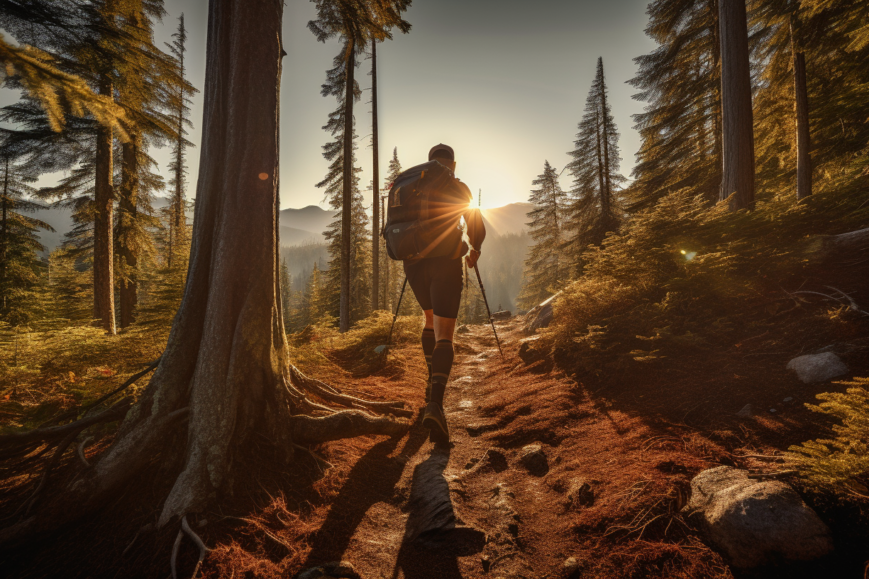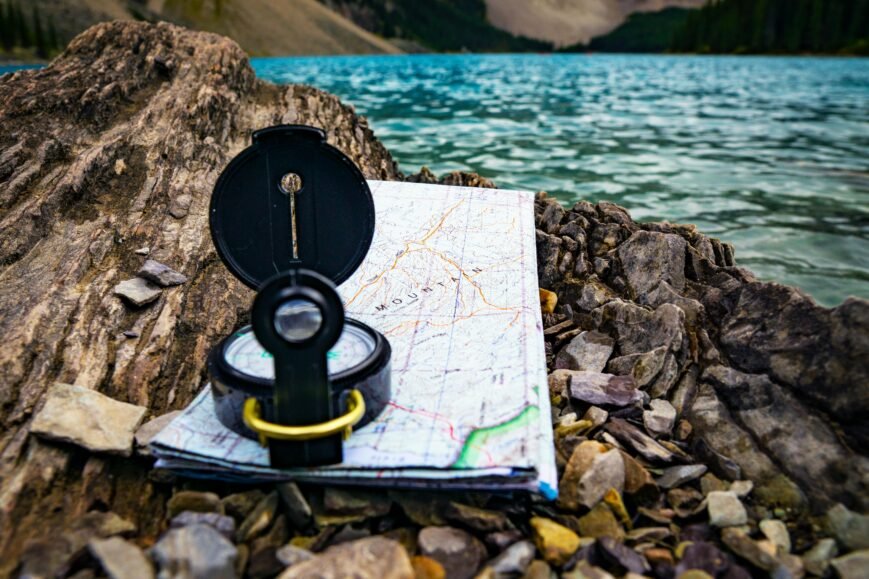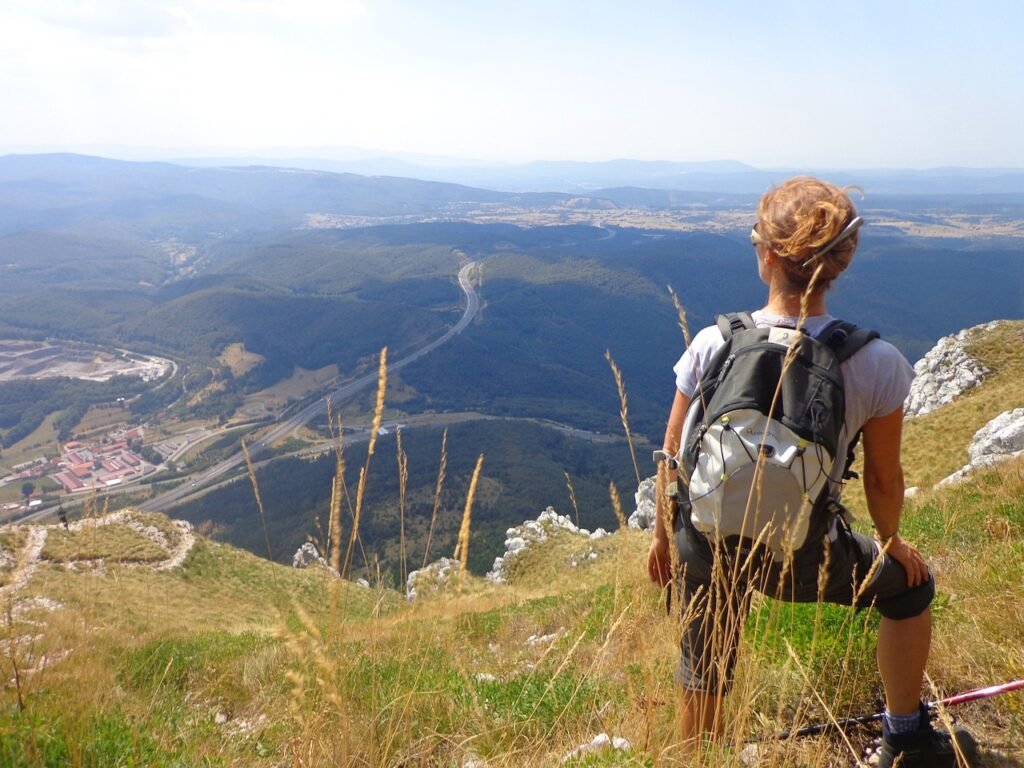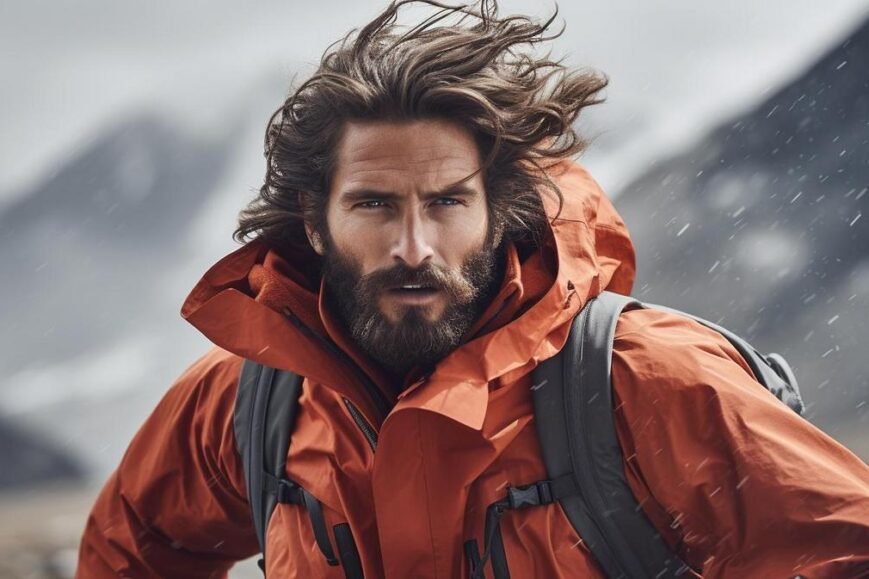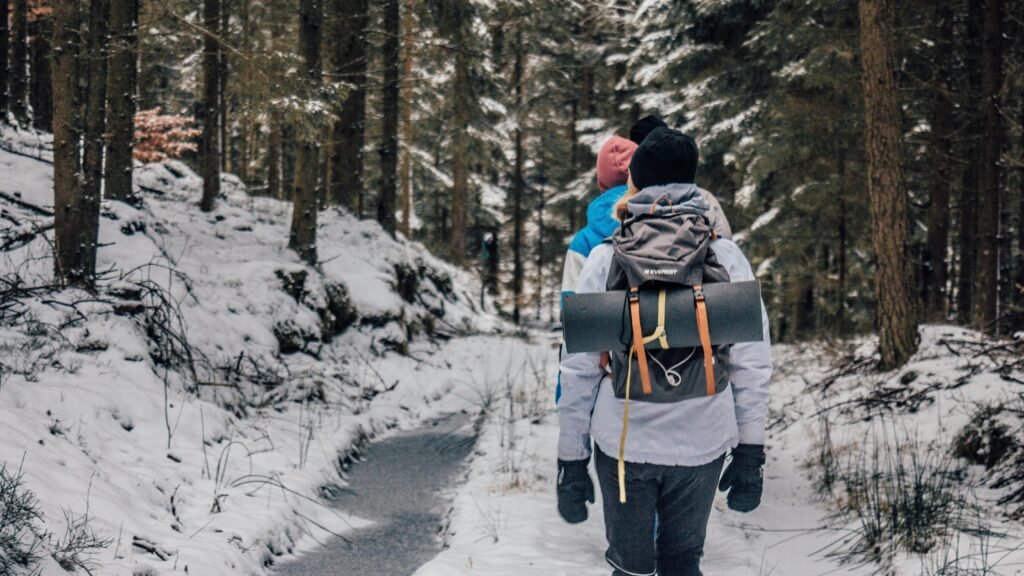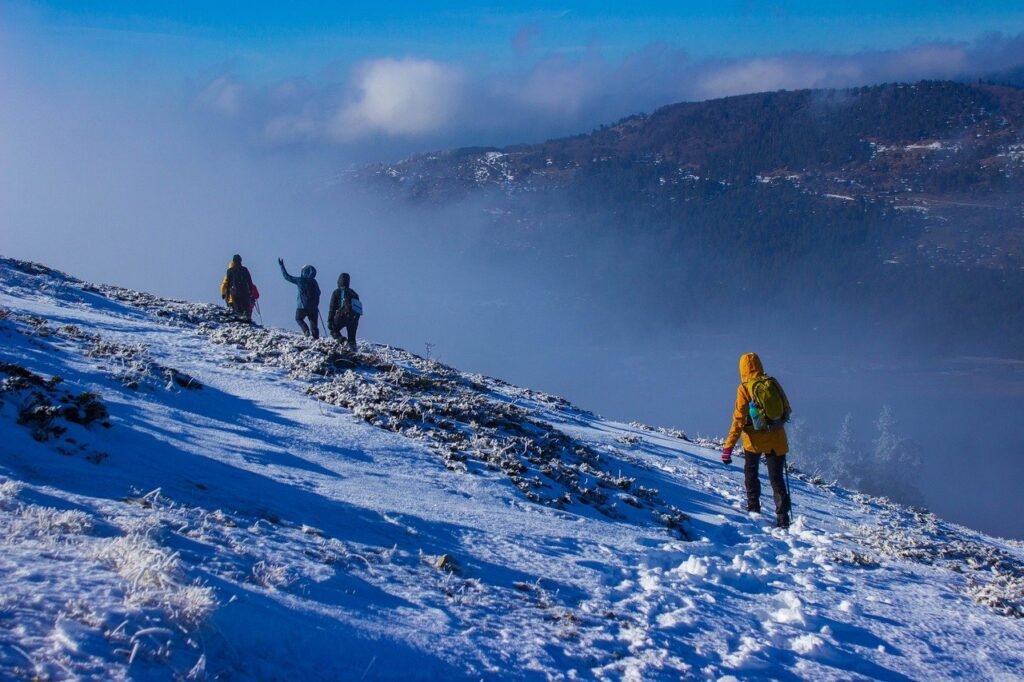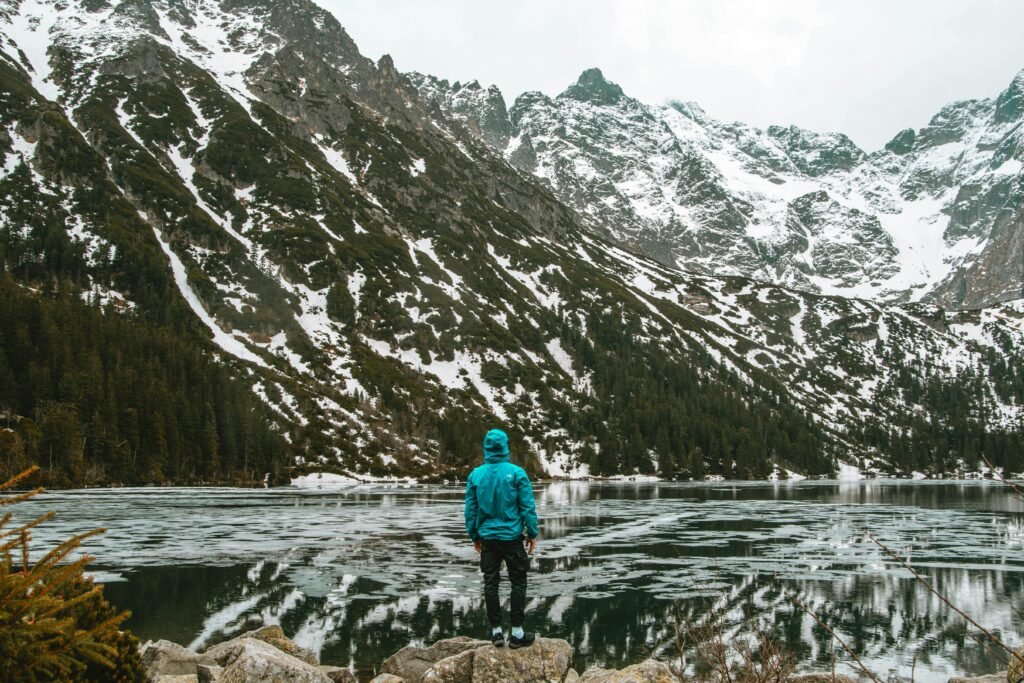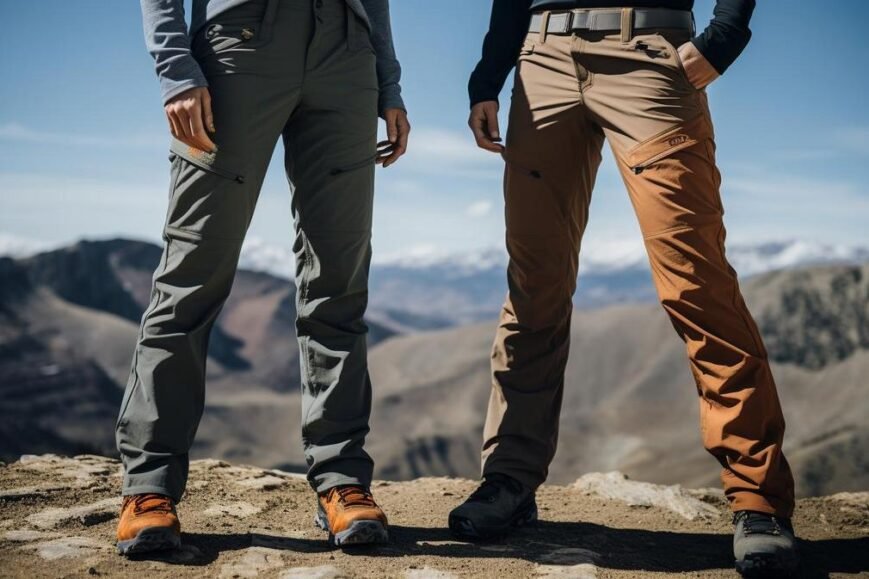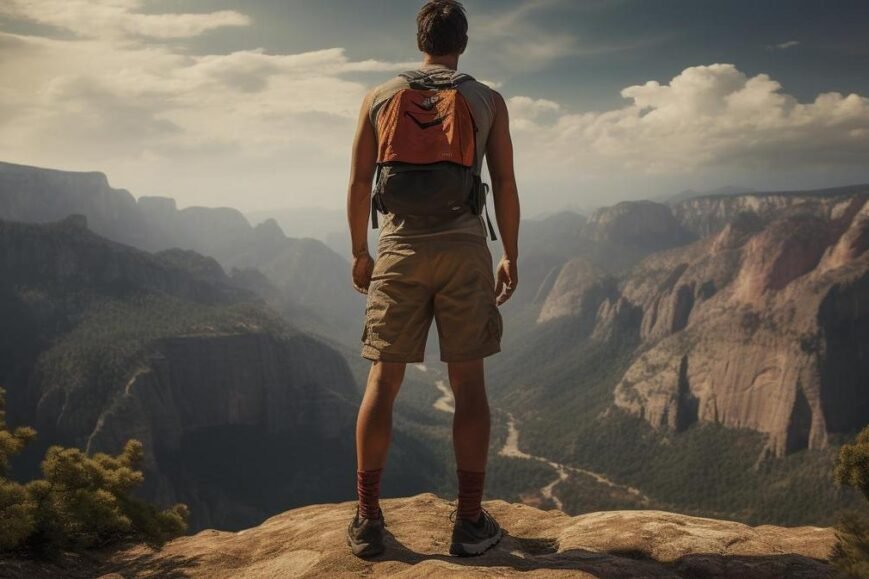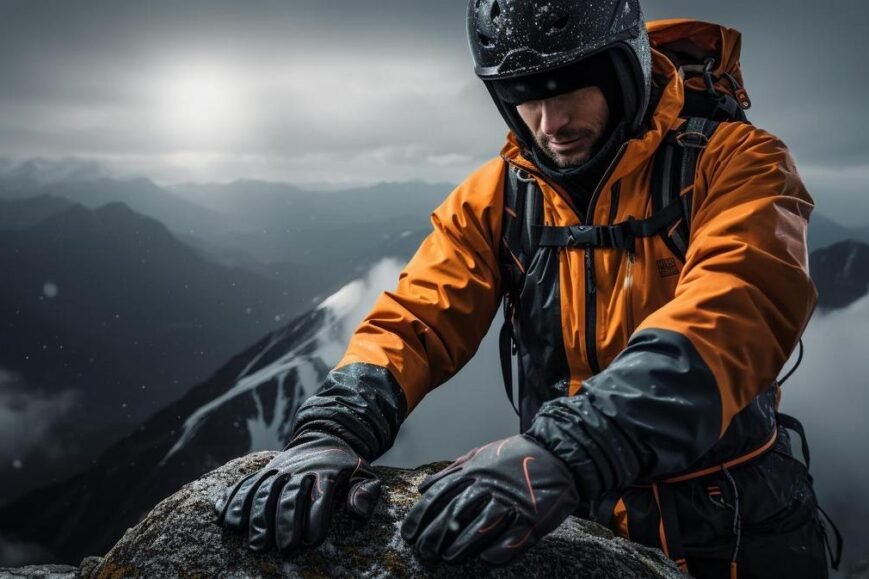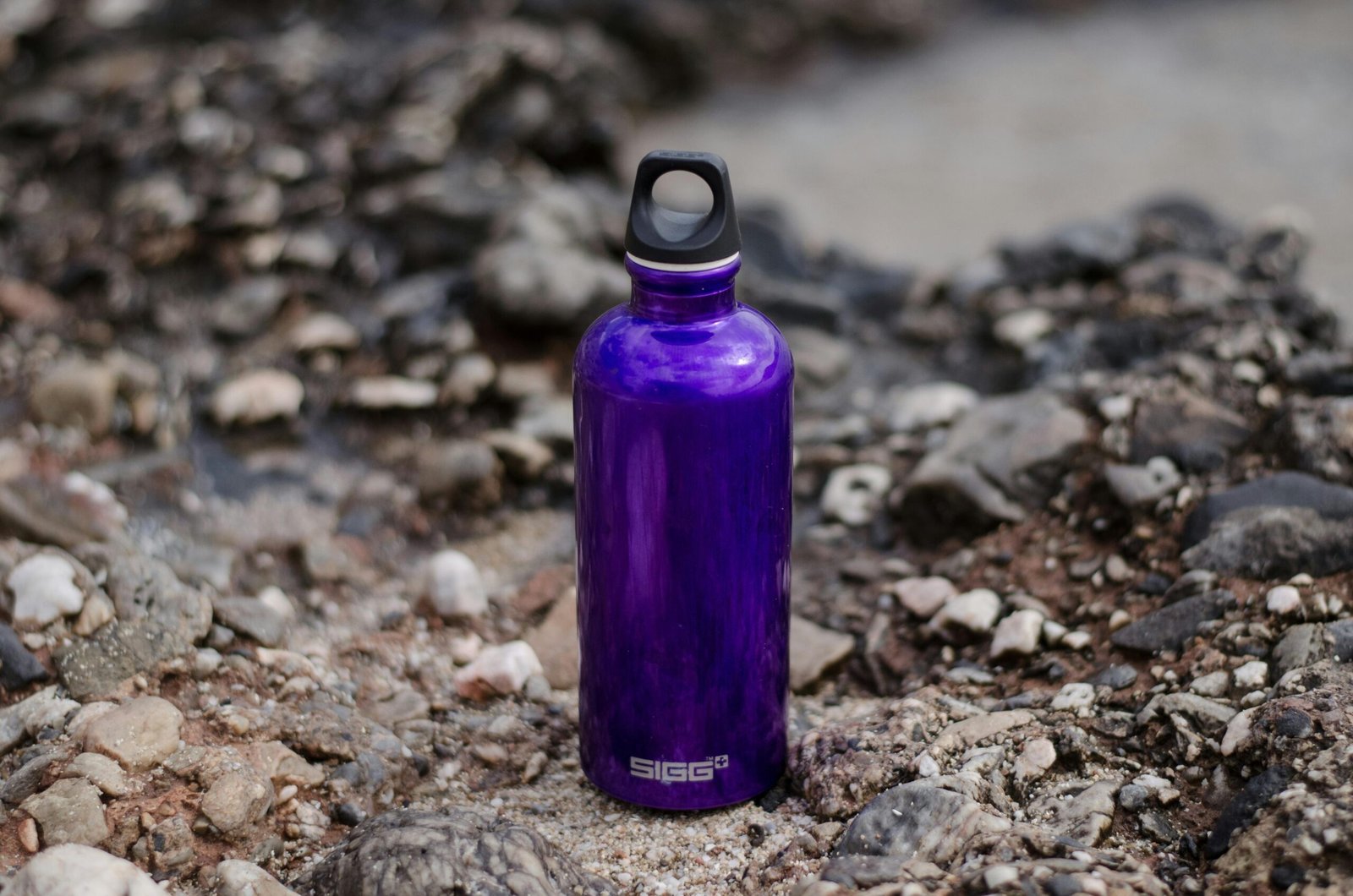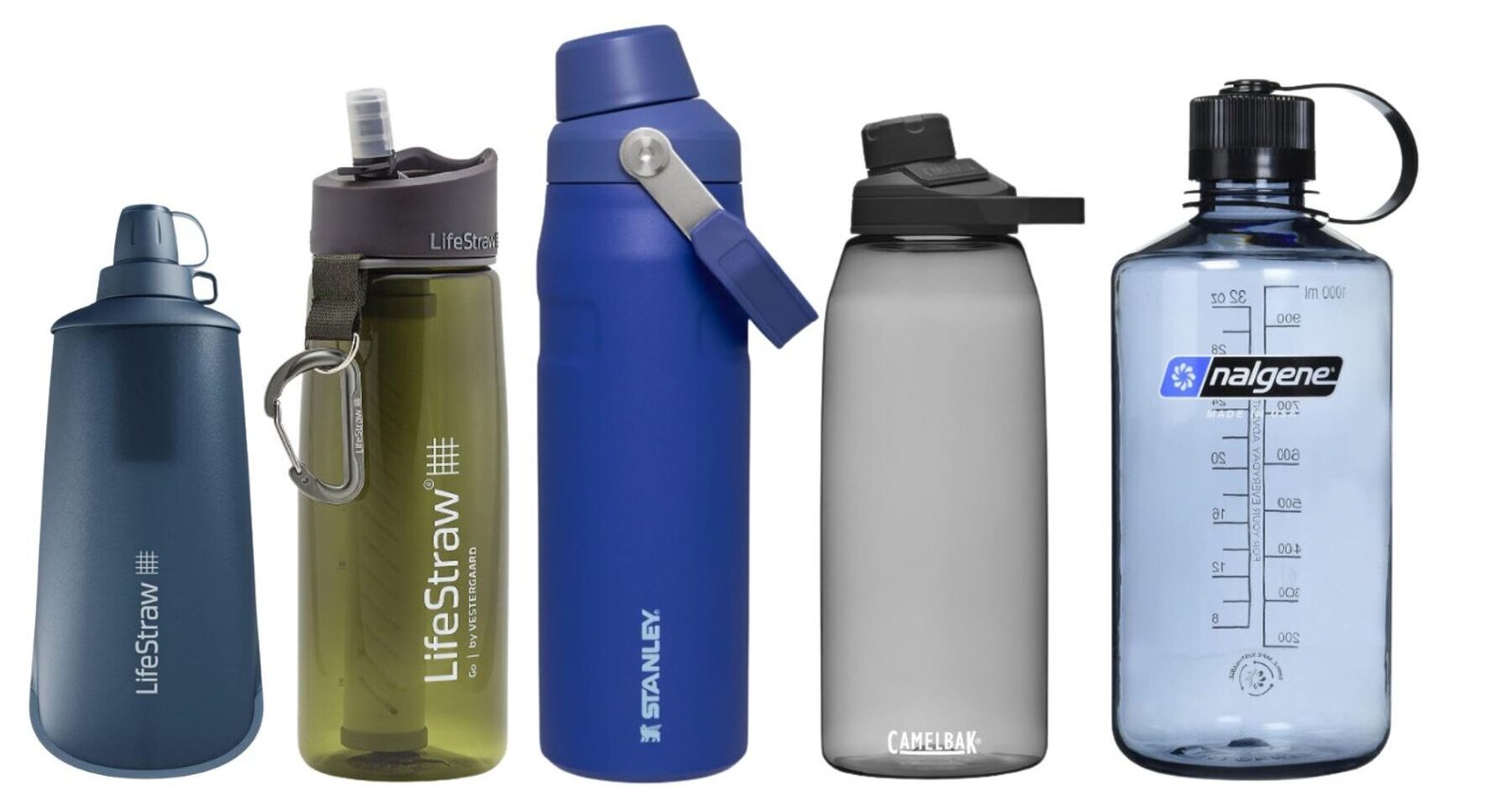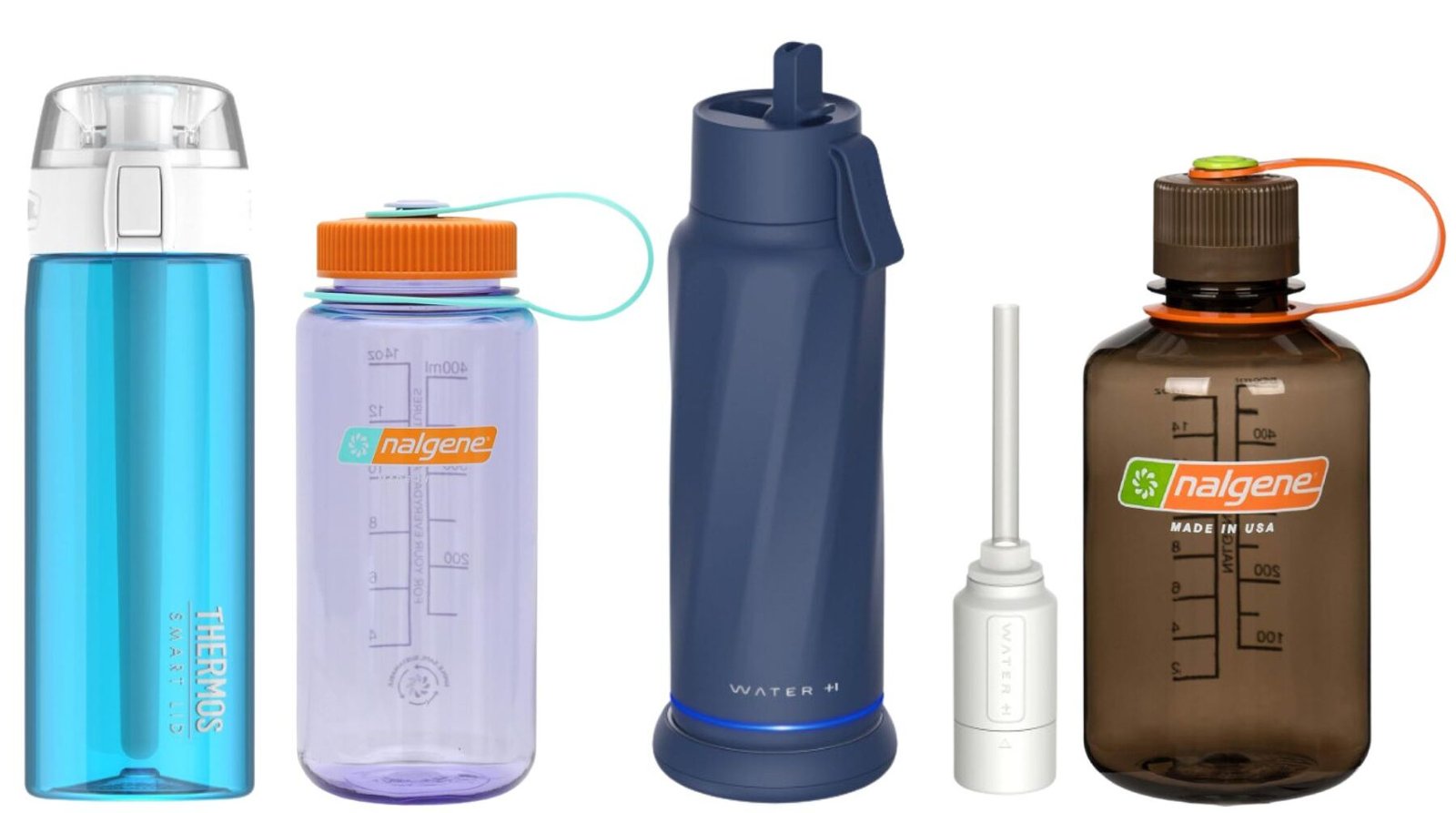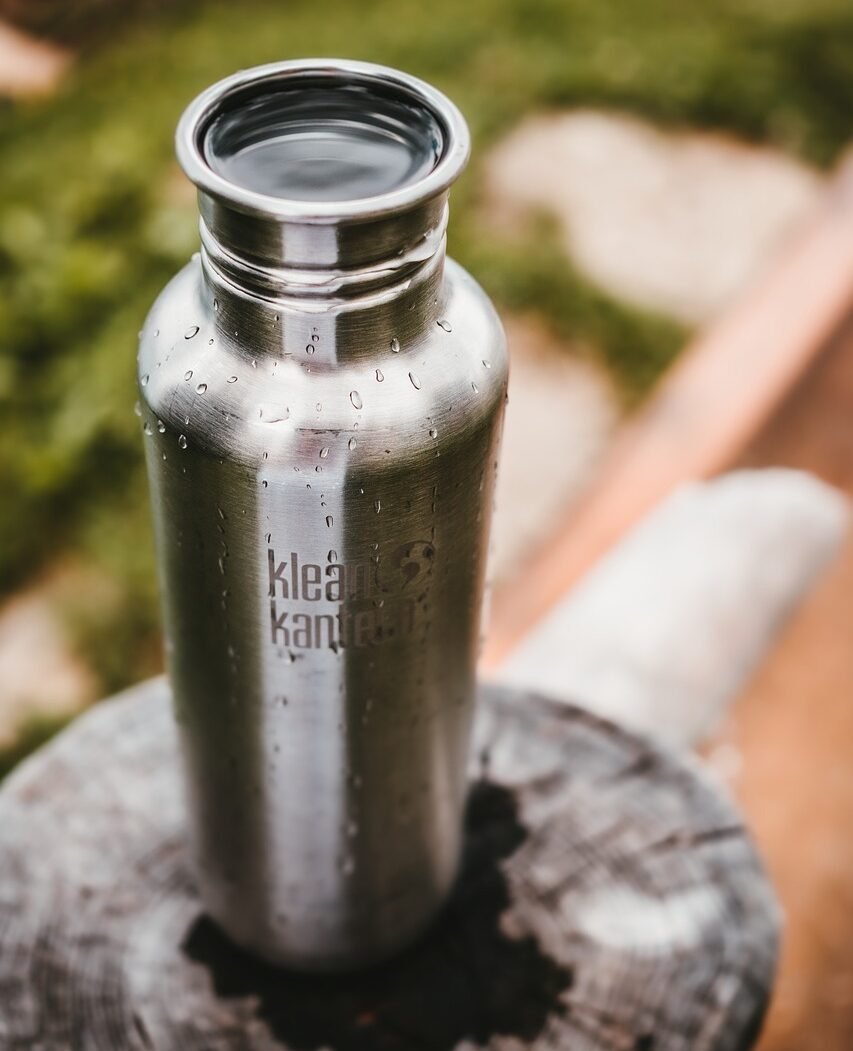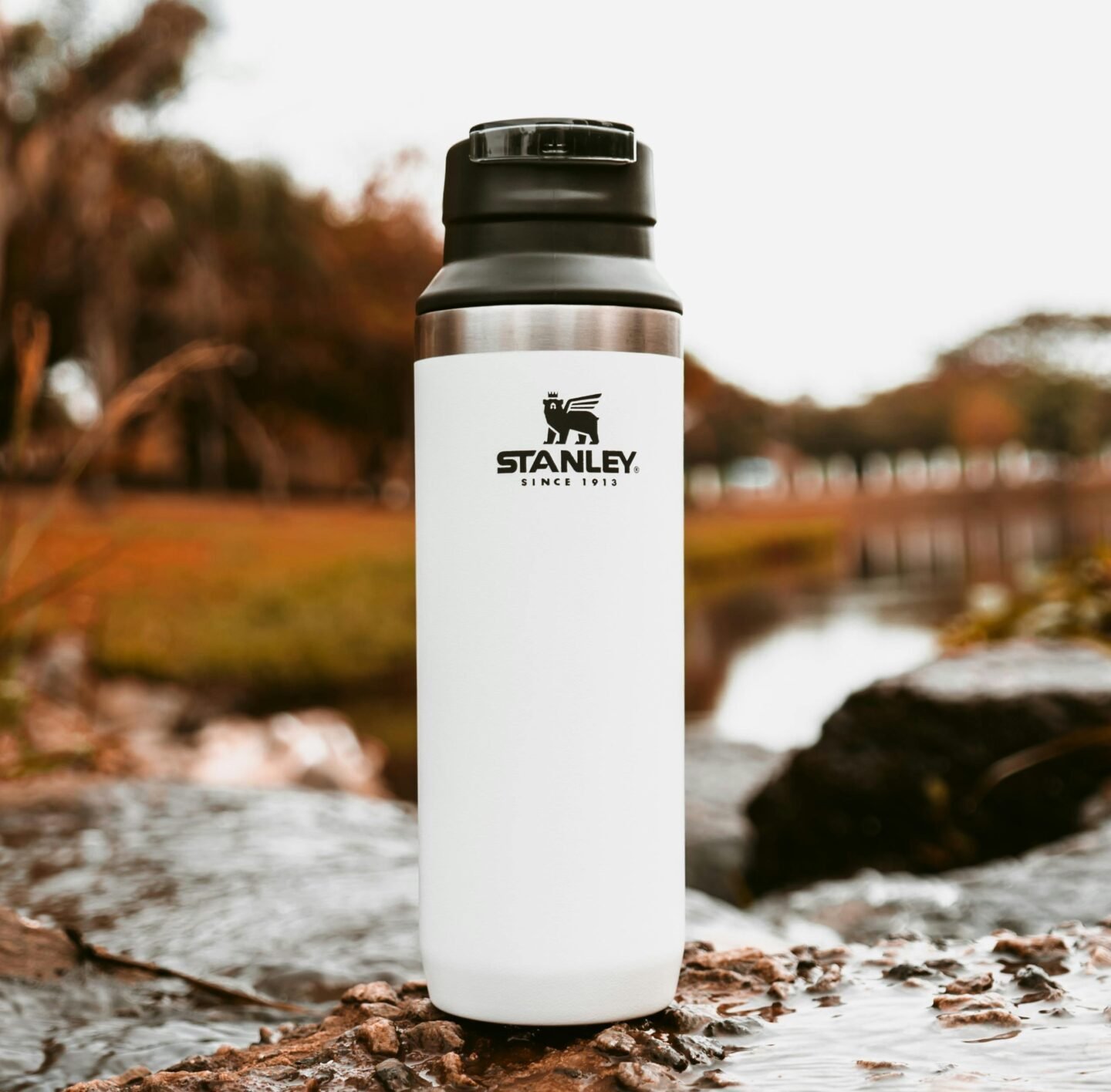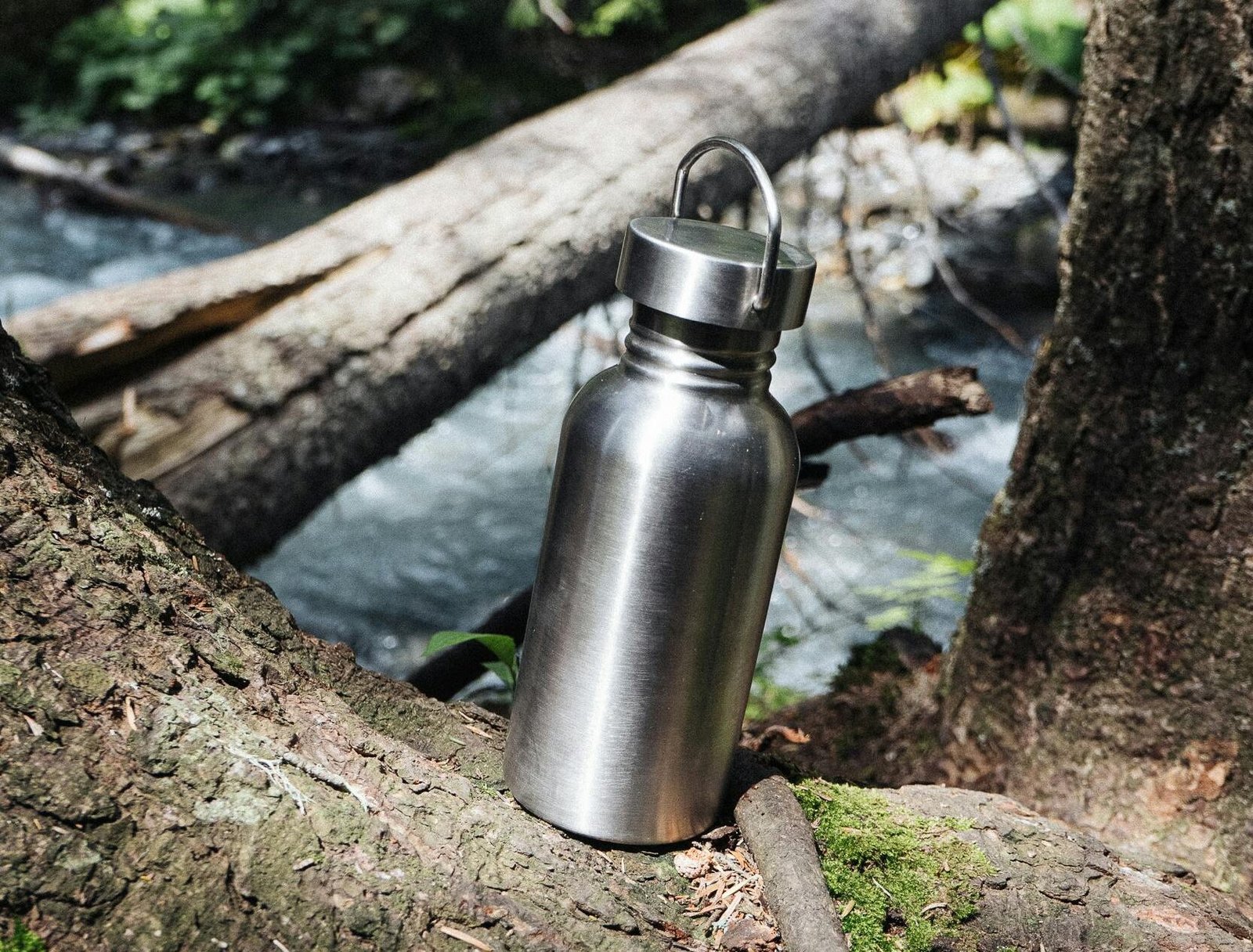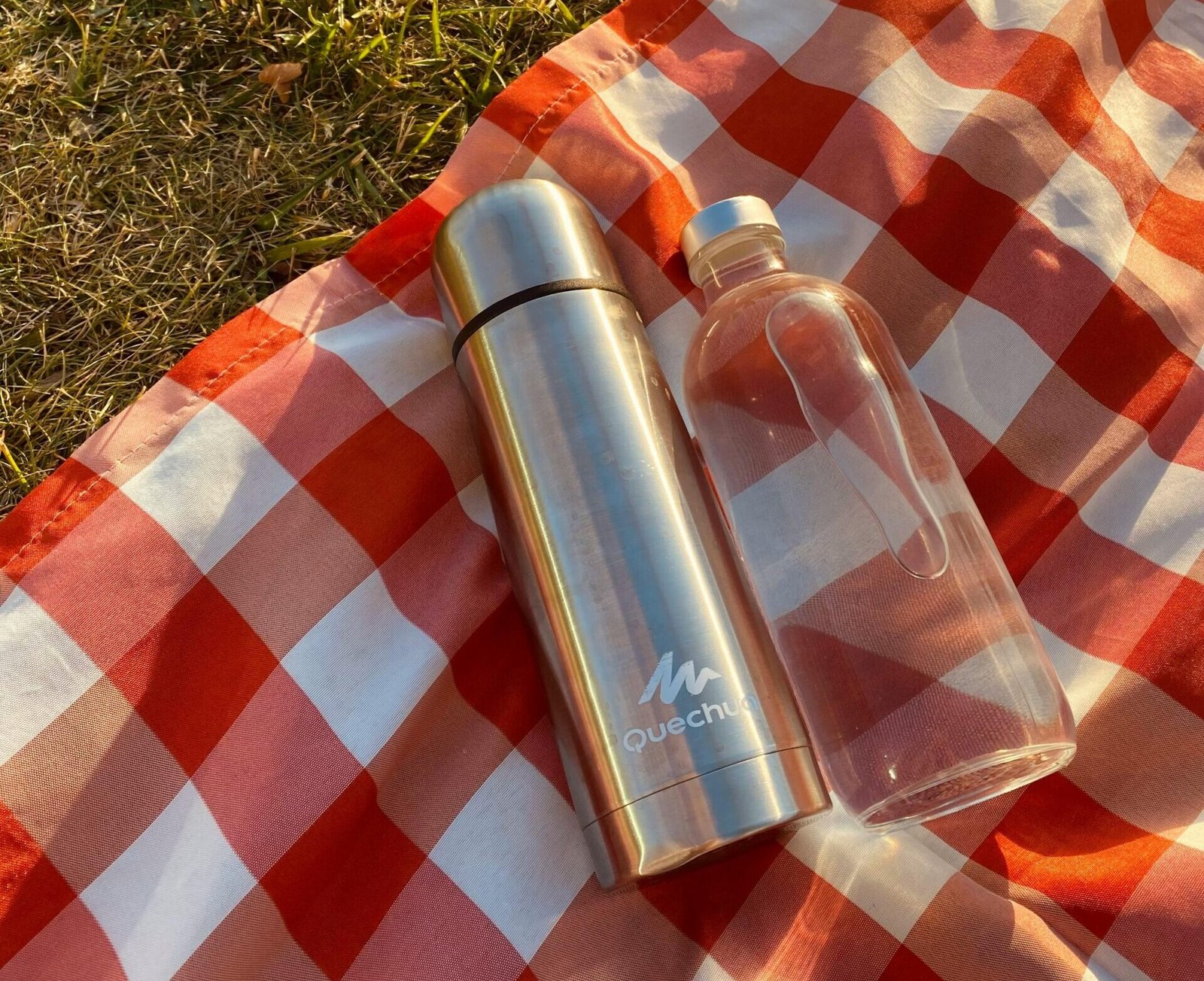Understanding Your Trekking Poles
Before diving into the specifics of adjusting your trekking poles, it’s important to understand what you’re working with. Trekking poles are more than just sticks; they’re sophisticated tools designed to enhance your hiking experience.
Types of Trekking Poles
Here’s a quick overview of the main types of trekking poles you’ll encounter:
- Fixed-Length Poles
Pros: Simple to use, durable, and often more affordable.
Cons: Limited adjustability, which means you’re stuck with one length for all terrains. - Adjustable Poles
Pros: Versatile, allowing for length changes based on terrain and personal comfort.
Cons: More complex with moving parts that might wear out over time.
Main Components of Trekking Poles
Understanding these components will help you get the most out of your poles:
- Grips
Material Options: Cork, foam, and rubber.
What to Look For: Comfort, moisture-wicking, and durability. - Straps
Types: Padded or adjustable.
What to Look For: Proper fit to support your hand without causing blisters. - Shafts
Materials: Aluminum or carbon fiber.
What to Look For: Strength and weight balance. - Tips and Baskets
Types: Rubber tips for hard ground, carbide tips for ice, and various baskets for mud and snow.
What to Look For: Compatibility with the terrain you’ll encounter.
Adjusting Pole Length for Different Terrain
Getting the length of your trekking poles right can make a huge difference in your hiking experience. Here’s how to adjust them for maximum comfort and efficiency.
General Guidelines for Adjusting Length
- Flat Terrain
Setting: Adjust the poles so your elbows are at a 90-degree angle when the tips are on the ground.
Why It Matters: This length provides balanced support and reduces fatigue on flat trails. - Uphill Terrain
Setting: Shorten the poles.
Why It Matters: Shorter poles help maintain an upright posture and reduce strain on your legs. - Downhill Terrain
Setting: Lengthen the poles.
Why It Matters: Longer poles give you more stability and help to distribute weight more evenly, reducing knee strain.
Step-by-Step Adjustment Process
- Hold the Pole: Grip the handle and extend the pole’s tip to the ground.
- Check Your Elbow Angle: Ensure your elbow forms a 90-degree angle.
- Lock the Pole: Secure the length using the locking mechanism—either twist-lock or lever-lock.
Tip: If you’re unsure of the exact length, make small adjustments during your hike to find what feels best for you.
Correctly Using Trekking Pole Straps
Trekking pole straps might seem like a small feature, but they play a big role in your hiking comfort and efficiency. Here’s how to get them just right.
Adjusting the Straps
- How to Wear Straps:
- Slide Your Hand Up: Start by holding the pole upside down and slide your hand from the bottom up through the strap loop.
- Adjust for Fit: Make sure the strap sits comfortably around your wrist without cutting off circulation.
- How to Adjust the Straps:
- Too Loose: You might find yourself gripping too hard, which can lead to hand fatigue and blisters.
- Too Tight: This can cause discomfort and limit hand movement.
Common Mistakes to Avoid
- Straps Too Loose or Too Tight
- Consequence: If the straps are too loose, you lose control of the poles. If they are too tight, you risk blisters and discomfort.
- Incorrect Hand Positioning
- Consequence: Poor positioning leads to inefficient use of the poles and can cause hand strain.
Adjusting Pole Tips and Baskets
Choosing the right tips and baskets for your trekking poles can make a huge difference depending on the conditions you’re hiking in.
Choosing the Right Tips for Terrain
- Rubber Tips: Ideal for hard, rocky surfaces.
- Carbide Tips: Perfect for ice and extremely hard ground.
- Mud Baskets: Prevent the poles from sinking into soft or muddy terrain.
- Snow Baskets: Help to keep the poles from sinking into deep snow.
How to Attach and Detach Baskets:
- Attaching Baskets:
- Twist the basket onto the pole tip until it’s secure. Ensure it’s firmly in place to avoid any wobbles.
- Detaching Baskets:
- Twist the basket counterclockwise to remove it.
Tip: Always carry a couple of extra tips and baskets in your backpack for unexpected terrain changes.
Tips for Maintaining Pole Adjustments
Keeping your trekking poles in good condition ensures they’ll be ready for your next adventure.
Regular Checks
- Ensure Lock Mechanisms Are Secure:
- Check: Regularly inspect twist-lock or lever-lock mechanisms for any signs of wear or looseness.
- Check for Wear and Tear:
- Check: Look for cracks in the shafts or worn tips.
- Clean and Inspect Tips and Baskets:
- Clean: Remove mud, snow, or debris after each hike. This prevents buildup that can affect performance.
Storing Trekking Poles
- Proper Storage Techniques:
- Collapse your poles and store them in a dry, cool place. Avoid leaving them in extreme temperatures or direct sunlight.
Tip: Consider storing your poles in a dedicated gear bag to prevent accidental damage.
Additional Resources
Video Tutorials
For visual learners, here are some great resources to see these adjustments in action:
- Video: How to Adjust Trekking Poles
A visual guide to adjusting the length and using trekking poles effectively. - Video: Tips for Using Trekking Poles Correctly
Learn from experts about proper hand positioning and strap adjustment.
Expert Tips
“The key to great hiking poles is not just picking the right pair but also learning how to adjust and use them for your personal needs.”
Feel free to share your own experiences or tips in the comments below!
Conclusion
To get the most out of your trekking poles, it’s crucial to adjust them for different terrains, use the straps correctly, and maintain them properly. By following these guidelines, you can enhance your hiking experience with improved stability, comfort, and efficiency.
Ready to hit the trail? Experiment with these adjustments and see how they transform your hike. Share your thoughts or tips in the comments below, and let’s keep exploring together!
Summary of Key Points
- Proper Length Adjustment: Flat, uphill, and downhill terrains require different lengths for optimal performance.
- Strap Usage: Ensure your straps fit correctly to avoid discomfort and maximize efficiency.
- Tip and Basket Selection: Choose the right tips and baskets for the terrain to maintain traction and stability.
- Maintenance: Regularly check and maintain your poles to ensure they’re always in top condition.
By following these tips, you’ll be better prepared for your next hiking adventure!
![]()

